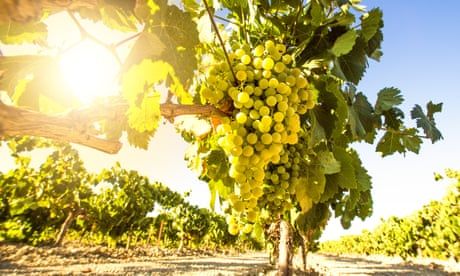
Makers break with the norm to produce sweet, citrussy bottles with floral notes
M&S Found Organic Verdil, Valencia, Spain 2023 (£9, Marks & Spencer) Almost all the white wines available in the UK’s supermarkets today are made in a remarkably similar way. The basic recipe goes a little like this: white grapes are first picked and pressed, and then the clear juice is separated from the skins before being fermented in chilled stainless-steel tanks after the winemaker has added some yeast. The wine is then stored in larger tanks before being bottled and sold the following spring. There are plenty of delightful wines produced in this way, but, as I’ve made my way round the various supermarkets’ press tastings over the past couple of months, it’s been good to see a few more recent variations. The latest addition to M&S’s adventurous Found range, for example, not only includes a rare Valencian grape variety (verdil), but the juice sits for two to three weeks in contact with the skins, as well as being aged on the lees (dead yeast cells and other particles) for six months after fermentation.
Bonny Doon Le Cigare Orange, Central Coast, California, USA 2023 (£15, Tesco) The winemaking process used to make the M&S verdil adds up to an orange-tinted wine with a marmalade-like tanginess. It also has a little bit of sweetness that would work well with Manchego cheese. I guess it’s part of the mainstreaming of ‘skin-contact’ or orange wine, once the sole province of smaller producers. Other highly drinkable examples of the style that I’ve enjoyed recently include Tesco’s gently orange pithy-bitter and softly apricot-juicy bottling from the ever-experimental Californian winemaking veteran Randall Grahm, and Sicilian producer Santa Tresa’s Insieme Orange 2023 (£15.50, Vintage Roots), which is a gorgeously floral-fragrant, clean and racy mix of macerated Sicilian grape varieties inzolia and zibibbo (aka muscat).
Continue reading...